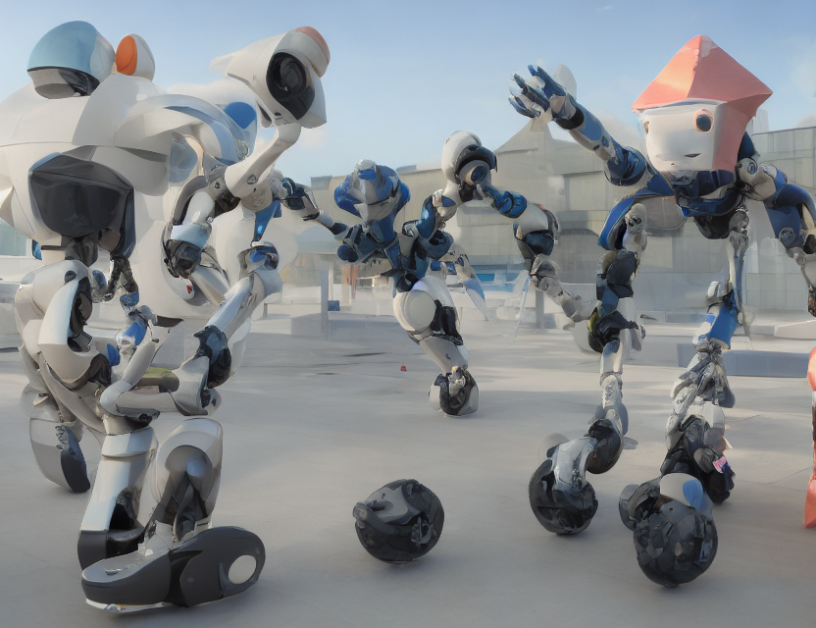In this paper, researchers explore the concept of "occupancy" in the context of embodied AI, which refers to the physical space that a robot or avatar can occupy. They propose a new model called Tmr, which takes into account both the occupancy and the motion of a robot or avatar to generate diverse and realistic movements. The model is trained on a large dataset of human motions captured using 3D scanning technology, and it shows promising results in generating natural-looking movements that can be used in various applications, such as robotics, animation, and virtual reality.
The authors explain that the occupancy of a space is essential for determining the feasibility of a movement. For example, if a robot or avatar cannot enter a particular area due to obstacles or limitations, it may not be able to perform certain actions. By considering both the occupancy and motion, Tmr can generate movements that are more realistic and adaptable to different environments.
The authors also highlight the importance of balancing conservatism and exploration in their model. While a conservative approach can help avoid penetration-related issues, it may not be as effective in completing tasks quickly. On the other hand, an overly exploratory approach may result in increased foot sliding, which can also lead to penetration problems.
To demonstrate the effectiveness of Tmr, the authors conduct a series of experiments using various scenarios and conditions. They show that their model can generate diverse and realistic movements that take into account both occupancy and motion, resulting in more natural-looking animations.
In conclusion, this paper presents an innovative approach to embodied AI that considers both the occupancy and motion of robots or avatars to generate realistic and adaptable movements. By taking a conservative but exploratory approach, Tmr can effectively address issues related to penetration while still completing tasks efficiently. The proposed model has exciting applications in various fields, including robotics, animation, and virtual reality.
Computer Science, Computer Vision and Pattern Recognition
Co-Habiting with Avatars and Robots: A Research Platform for Embodied AI



